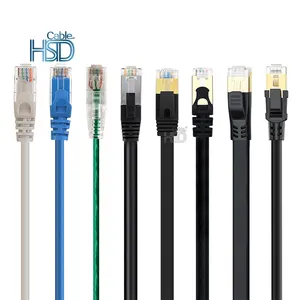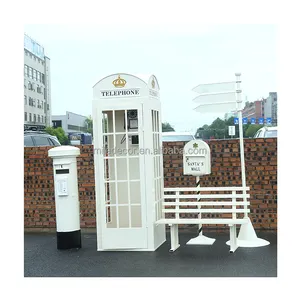Popular in your industry























































































































































































Top categories
About cat5 cable 100m
Understanding Cat5 Cable 100m
The Cat5 cable 100m is a staple in modern networking, designed to efficiently handle data transfer over networks. This category of cable is crucial for setting up reliable and structured cabling systems that support a wide array of network requirements.
Composition and Design
A Cat5 cable 100m is meticulously engineered with a series of twisted pairs of copper wires, which are essential for reducing signal interference and crosstalk. The standard construction includes four pairs of wires, which are twisted to prevent electromagnetic interference from external sources.
Types and Applications
While the Cat5 cable 100m is a common term, it's important to understand its variations and applications. The unshielded twisted pair (UTP) is widely used in office and home networks for its ease of installation and cost-effectiveness. In contrast, the shielded twisted pair (STP) variant is preferred in industrial environments where additional interference protection is required.
Features and Advantages
The Cat5 cable 100m offers features such as high-speed data transmission and resistance to a certain degree of noise and interference. Its flexibility and durability make it suitable for a variety of networking environments, from small home offices to large data centers.
Materials and Construction
Quality materials are integral to the performance of Cat5 cables. Copper is the primary material used for the conductors, providing an optimal balance between conductivity and tensile strength. The outer jacket material is typically PVC or a low-smoke, zero-halogen compound, offering protection and safety in different environments.
Choosing the Right Supplier on Alibaba.com
Alibaba.com hosts a vast network of suppliers offering a diverse range of Cat5 cable 100m options. When selecting the right cable for your business needs, consider factors such as the cable's shielding, jacket material, and conductor quality. It's essential to review the specifications provided by suppliers to ensure compatibility with your networking requirements.

















































































